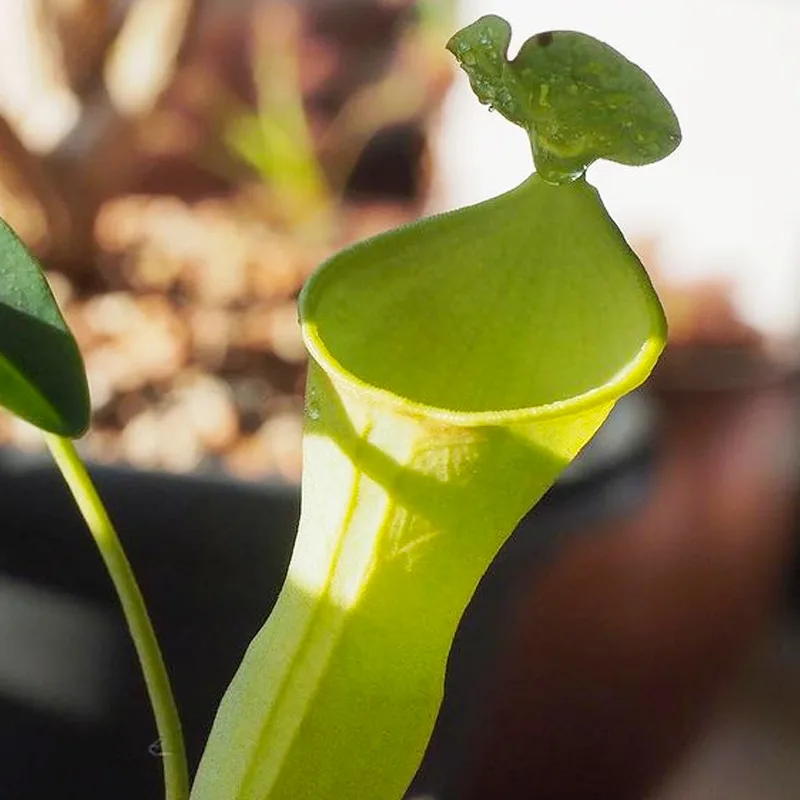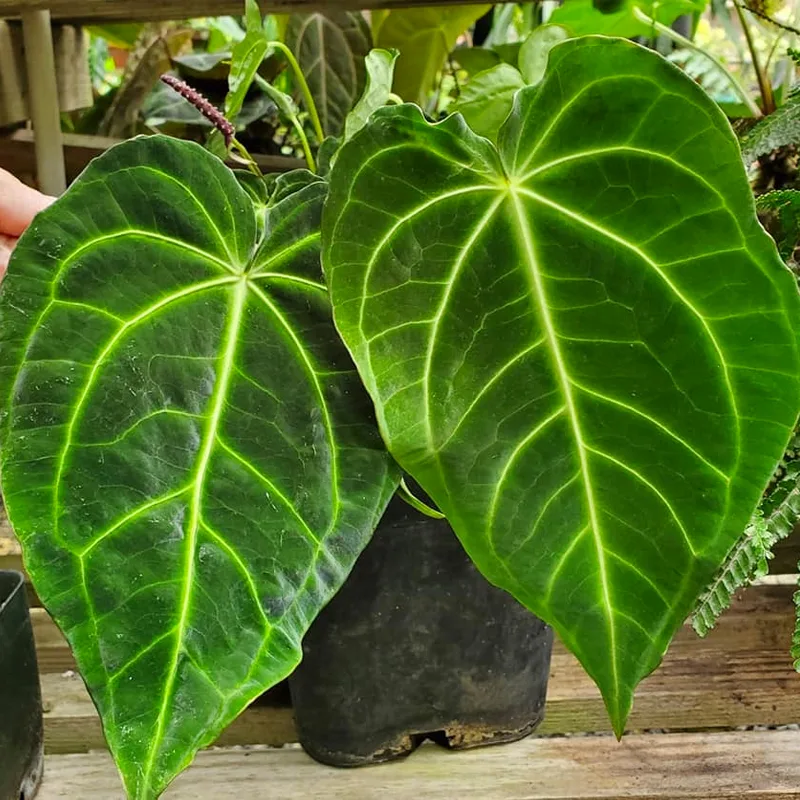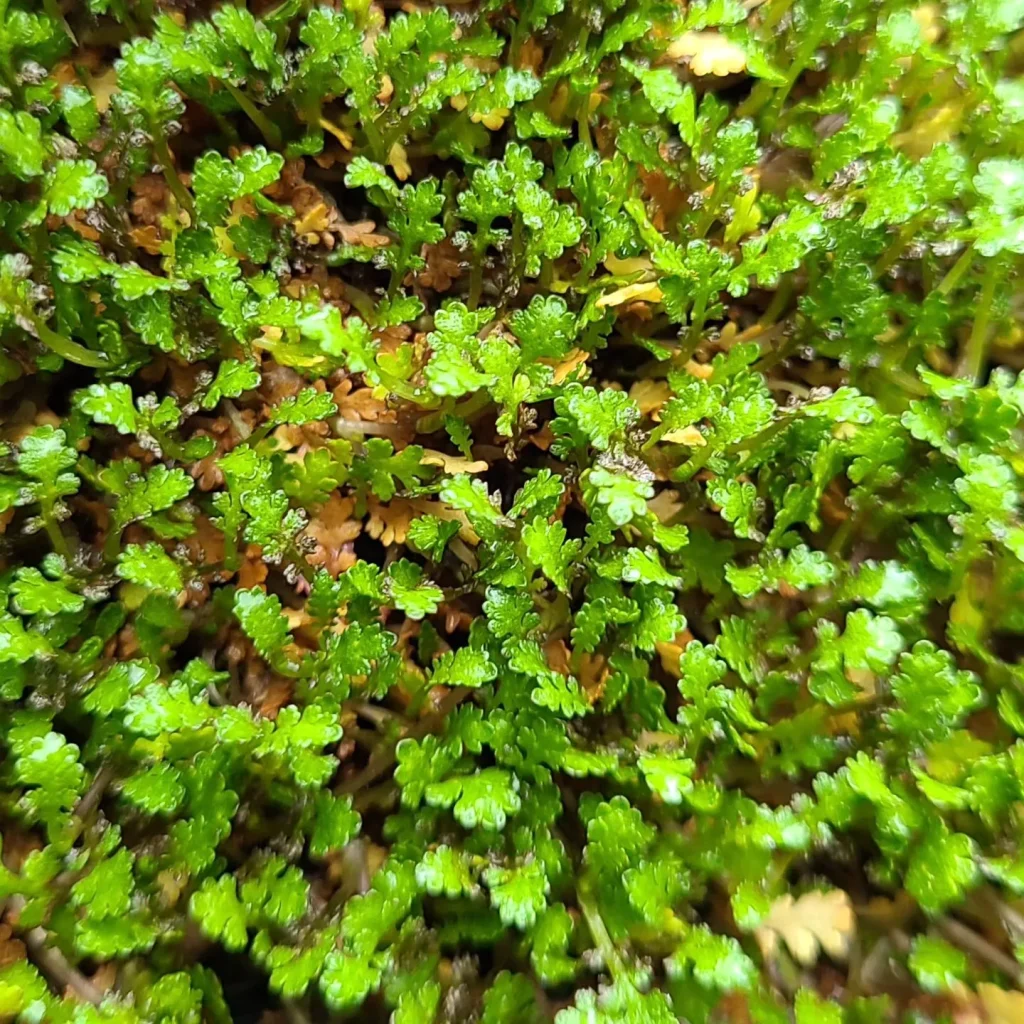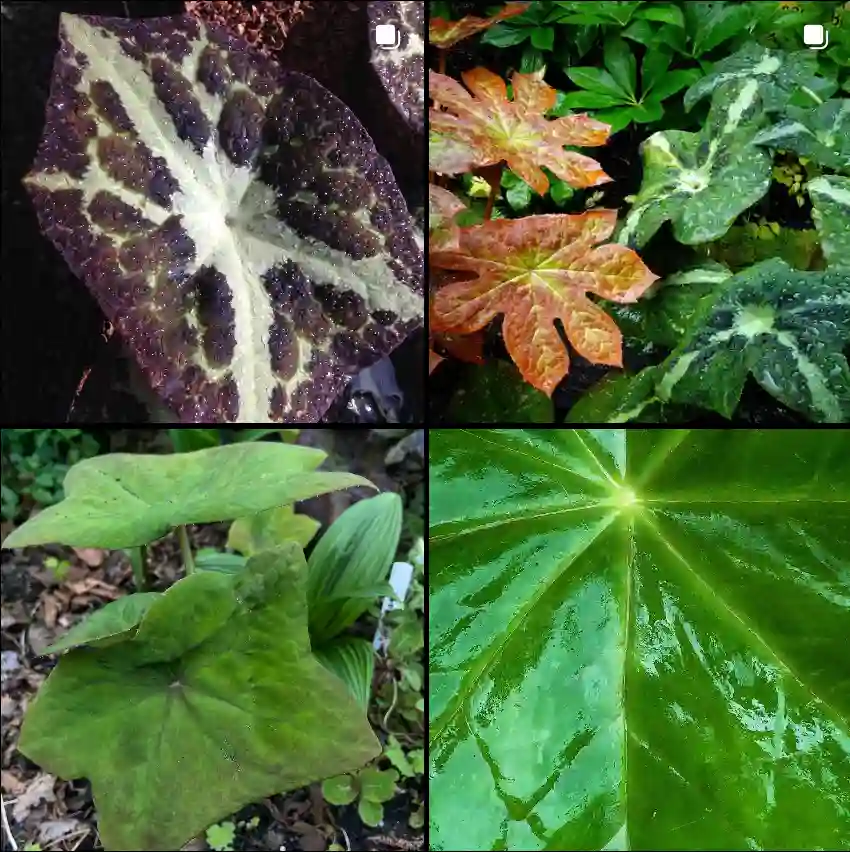FAQs about Arundinaria Gigantea: What You Need to Know
Arundinaria Gigantea, also known as Giant Cane, is a fascinating plant that I’ve had the pleasure of growing and studying. If you’re considering adding this impressive grass to your garden or just curious about its characteristics, here are some frequently asked questions and insights based on my experiences.
4 Species in Genus Arundinaria
How Fast Does Arundinaria Gigantea Grow?
One of the most common questions I get about Arundinaria Gigantea is how fast it grows. From my observations, this bamboo species is relatively fast-growing compared to many other plants. Under optimal conditions, it can reach a height of 20 to 30 feet in just a few years. This rapid growth makes it an excellent choice for creating dense screens or privacy hedges. Keep in mind that growth rates can vary depending on soil quality, water availability, and local climate.
How to Grow Arundinaria Gigantea?
Growing Arundinaria Gigantea is quite straightforward if you provide the right conditions. Here’s a step-by-step guide based on my experience:
- Site Selection: Choose a location with plenty of sunlight. While it can tolerate partial shade, full sun promotes the best growth.
- Soil Preparation: Ensure the soil is well-draining and rich in organic matter. This bamboo thrives in loamy or sandy soil.
- Planting: Space the bamboo clumps about 5 to 10 feet apart. This spacing allows each plant to develop fully without overcrowding.
- Watering: Keep the soil consistently moist, especially during the growing season. Arundinaria Gigantea is quite drought-tolerant once established, but regular watering helps it grow faster.
- Fertilizing: Apply a balanced fertilizer in early spring to promote robust growth.
Is Arundinaria Gigantea a Grass?
Yes, Arundinaria Gigantea is classified as a grass. Despite its bamboo-like appearance, it belongs to the Poaceae family, which is the same family that includes common lawn grasses. This makes it a grass rather than a true bamboo, even though it shares many characteristics with its bamboo relatives.
What Eats Arundinaria Gigantea?
In my garden, I haven’t had significant issues with pests targeting Arundinaria Gigantea, but it’s good to be aware of potential threats. Some animals that may munch on this bamboo include deer and rabbits. These herbivores might graze on the young shoots or foliage. Additionally, insects like aphids and spider mites can occasionally infest the plant, though they’re usually not a major problem.
Arundinaria Gigantea vs Arrow Bamboo
Arundinaria Gigantea and Arrow Bamboo (Pseudosasa Japonica) are often compared due to their similar appearances. However, there are key differences:
- Size: Arundinaria Gigantea typically grows much taller than Arrow Bamboo, reaching heights of 20 to 30 feet compared to Arrow Bamboo’s usual height of 10 to 15 feet.
- Growth Habit: Arundinaria Gigantea has a clumping growth habit, while Arrow Bamboo is known for its running or spreading nature.
- Climate Adaptation: Arundinaria Gigantea is more tolerant of colder climates than Arrow Bamboo, making it a better choice for regions with frost.
Arundinaria Gigantea vs Invasive Species
A common concern with Arundinaria Gigantea is its potential to become invasive. While it’s less aggressive than some other bamboo species, it’s still important to manage its growth to prevent it from spreading beyond your desired area. Unlike truly invasive bamboos, Arundinaria Gigantea’s clumping growth pattern helps contain its spread. However, regular maintenance is crucial to keep it in check and avoid any issues.
What to Plant With Arundinaria Gigantea?
Pairing Arundinaria Gigantea with other plants can create a lush, attractive garden. Consider planting companion plants that complement its tall, dense foliage. Some good options include:
- Hostas: Their broad leaves contrast nicely with the bamboo’s vertical growth.
- Ferns: Adding ferns can enhance the shaded areas beneath the bamboo.
- Shade-Tolerant Perennials: Plants like astilbes or heucheras can thrive in the cooler, shaded environment created by the bamboo.
How to Care for Arundinaria Gigantea?
Caring for Arundinaria Gigantea involves a few key practices:
- Pruning: Regularly prune dead or damaged canes to maintain a healthy appearance.
- Mulching: Apply mulch around the base to conserve moisture and suppress weeds.
- Monitoring: Keep an eye out for signs of pest infestation and address any issues promptly.
Can You Grow Arundinaria Gigantea Indoors?
Growing Arundinaria Gigantea indoors can be challenging due to its size and light requirements. While it’s primarily an outdoor plant, if you have a large indoor space with ample light, it might be feasible to grow it. However, it’s generally more suited for outdoor gardens.
Is Arundinaria Gigantea Toxic?
Arundinaria Gigantea is not known to be toxic to humans or pets. It’s a safe choice for garden areas where children or animals play. However, as with all plants, it’s a good idea to monitor for any unusual reactions if ingested.
Benefits of Arundinaria Gigantea
Beyond its aesthetic appeal, Arundinaria Gigantea offers several benefits:
- Privacy Screen: Its dense growth makes it an excellent choice for privacy screens or windbreaks.
- Erosion Control: The root system helps prevent soil erosion in sloped areas.
- Wildlife Habitat: It provides shelter and food for various wildlife species.
Common Problems with Arundinaria Gigantea
Some common issues to be aware of include:
- Overgrowth: Without proper management, it can spread beyond desired areas.
- Pests: Though not a major problem, occasional pest infestations can occur.
Overall, Arundinaria Gigantea is a robust and versatile grass that can enhance your garden with its striking presence. By understanding its growth patterns, care requirements, and potential issues, you can enjoy its beauty and benefits while keeping it well-managed.
If i die, water my plants!



